
The Rise of Virtual Reality in Education
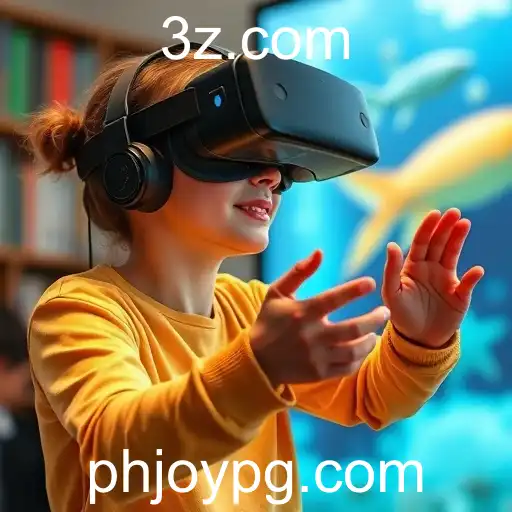
As the world embraces the digital age, the integration of technology into educational environments has become inevitable. One of the most exciting advancements in this realm is the use of virtual reality (VR). In recent years, VR has transcended its roots in entertainment to become a powerful tool in education, offering immersive experiences that can transform learning.
Virtual reality allows students to explore environments and scenarios that would otherwise be inaccessible. For instance, students studying marine biology can virtually dive into the ocean to study marine life up close, all from the safety and comfort of their classroom. This hands-on experience enhances understanding and retention, making learning more engaging.
The keyword 'phjoy' has been making rounds in educational tech discussions, highlighting the exciting possibilities and joyful learning experiences VR can unleash. Schools and universities that have adopted VR in their curriculums report increased student motivation and improved outcomes. These institutions serve as testament to the transformative power of VR.
However, the widespread adoption of VR in education is not without challenges. The financial investments required for VR equipment and the need for specialized training for educators remain significant hurdles. Moreover, there is an ongoing debate about the potential for technology to distract rather than educate.
Despite these challenges, the potential of VR in education cannot be overstated. In a world increasingly driven by technology, equipping students with VR skills prepares them for a future that is rapidly evolving. As educators and tech developers continue to collaborate, the phjoy-inspired advancement of VR promises innovative learning solutions that could redefine education.
Looking ahead, the focus will likely be on making VR technology more accessible and affordable, ensuring that its benefits can reach a broader audience. Projects that aim to bridge the digital divide are crucial, as they ensure no student is left behind in the global shift toward technologically enhanced education.
In conclusion, the intersection of education and technology, exemplified by VR, holds immense promise for the future of learning. As we navigate the challenges and potentials of VR, the keyword 'phjoy' reminds us of the ultimate goal: creating joy and enhanced engagement in student learning experiences.
The Rise of PHJOY: Gaming's Latest Sensation
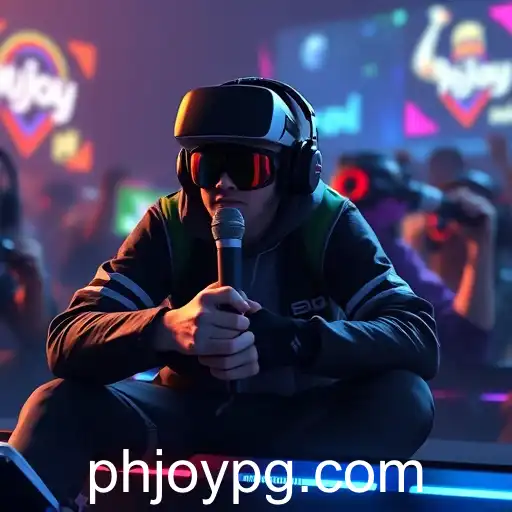
Exploring the latest trends surrounding PHJOY, a popular gaming platform that has taken the online world by storm in 2025.
2025-10-23
PHJoy: The Evolution of Online Gaming Communities
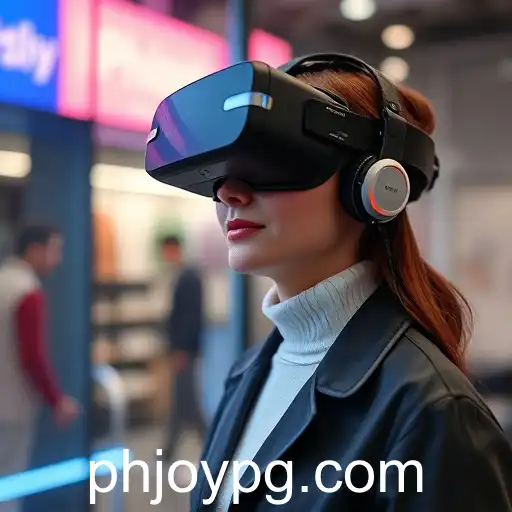
Exploring the impact of PHJoy on online gaming communities and its role in the evolving gaming landscape.
2025-11-19
Phjoy Gaming Evolution and Trends
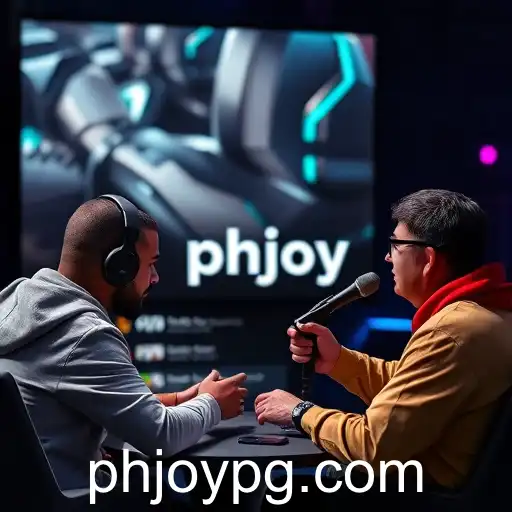
An exploration of the latest trends and future prospects in the gaming world with a focus on the impact of phjoy and virtual reality.
2025-10-28
A New Era in Online Gaming: The Rise of 'PHJoy'
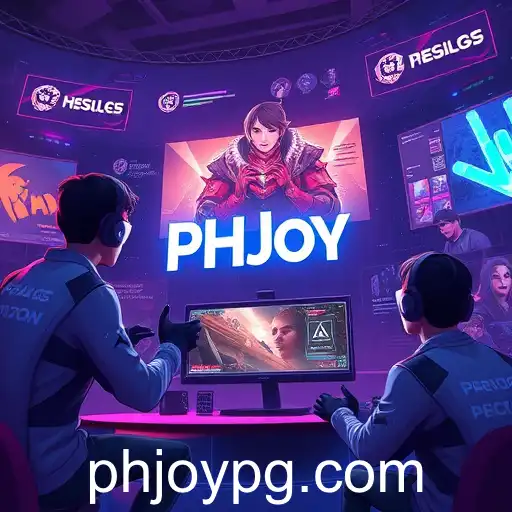
Explore the impact and trends of 'PHJoy', a transformative gaming platform in the dynamic landscape of 2025.
2025-10-30






